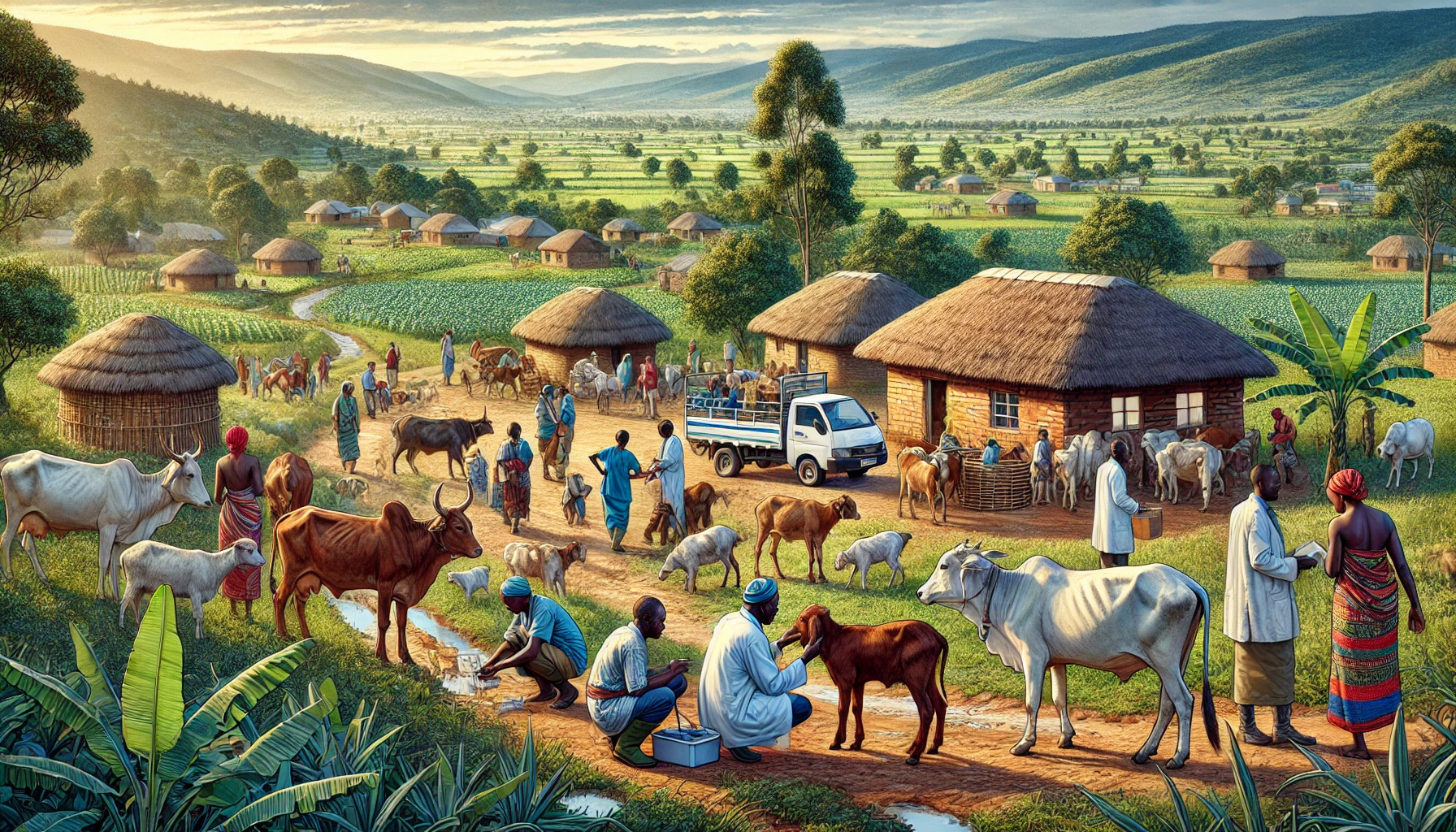A high-level regional review meeting led by Smt. Alka Upadhyaya, Secretary, Department of Animal Husbandry and Dairying (DAHD), brought together representatives from the southern states and Union Territories (UTs) of Andhra Pradesh, Karnataka, Kerala, Tamil Nadu, Telangana, Puducherry, and the Andaman and Nicobar Islands in New Delhi. The meeting focused on accelerating the progress of animal husbandry programs and enhancing the infrastructure and support systems crucial to India’s livestock and dairy sectors.
Key Initiatives and Progress in Animal Husbandry Programs
The meeting reviewed the physical and financial status of multiple DAHD initiatives, including the Rashtriya Gokul Mission (RGM), the National Animal Disease Control Programme (NADCP), the National Livestock Mission (NLM), and the National Programme for Dairy Development (NPDD). Secretary Upadhyaya emphasized the importance of targeted support for sectors with high potential, urging states to identify clusters for poultry, pig farming, and other livestock businesses. The Realigned Animal Husbandry Infrastructure Development Fund (AHIDF) was highlighted as a key program for boosting entrepreneurship, with calls to increase outreach efforts to ensure more beneficiaries benefit from the fund.
Expanding Veterinary Education and Infrastructure
Addressing the growing demand for veterinary professionals, Secretary Upadhyaya urged states to expand the number of veterinary colleges and utilize manpower from Self-Help Groups (SHGs) formed under the National Rural Livelihood Mission (NRLM) for grassroots-level engagement. Strengthening the country’s veterinary infrastructure, including hospitals, diagnostic labs, and livestock health reporting systems, was also a primary focus. The meeting emphasized that a well-supported veterinary network is crucial for sustaining productivity and welfare in the animal husbandry sector.
Disease Control and Livestock Health Initiatives
The government’s flagship National Animal Disease Control Programme (NADCP), aimed at curbing diseases like Foot-and-Mouth Disease (FMD) and Brucellosis, was reviewed in detail. Secretary Upadhyaya discussed the importance of timely six-monthly vaccinations for cattle, buffaloes, sheep, and goats. State officials provided updates on their progress with vaccination drives and other disease control initiatives under the Assistance to States for Control of Animal Diseases (ASCAD). The meeting also discussed the implementation of Mobile Veterinary Units (MVUs) and the establishment of local "Pashukalyan Samities" to support animal welfare and health services at the community level.
Boosting Dairy and Entrepreneurship in Goat and Poultry Sectors
The Secretary emphasized the need for increased participation in the organized dairy sector and recommended expanding entrepreneurship programs, particularly for goat and poultry farming, as these sectors offer substantial economic potential for rural and semi-urban communities. Additionally, by optimizing the benefits of the National Livestock Mission (NLM) and AHIDF, the government aims to support a sustainable and income-generating livestock ecosystem in the southern region.
21st Livestock Census: Data-Driven Future Planning
Concluding the meeting, Secretary Upadhyaya highlighted the importance of the upcoming 21st Livestock Census, urging states to ensure accurate data collection. The census will play a key role in future policy formulation, helping to identify sectoral needs, monitor progress, and develop targeted solutions. She emphasized that by leveraging advanced technologies, such as GIS mapping and digital data management, the census will provide a comprehensive view of India’s livestock demographics and help shape effective strategies for the sector.
Key ministry officials, including Ms Varsha Joshi, Additional Secretary, Dr Abhijit Mitra, Animal Husbandry Commissioner, and Ms. Sarita Chauhan, Joint Secretary, attended the meeting along with senior state representatives. The session served as a collaborative platform for discussing current challenges, sharing best practices, and exploring innovative strategies to elevate India’s animal husbandry sector in alignment with national economic and welfare goals.











